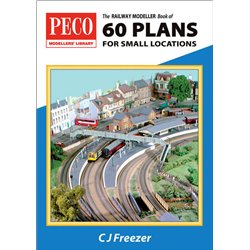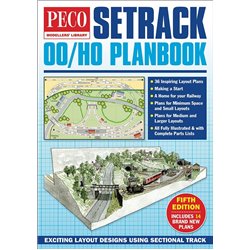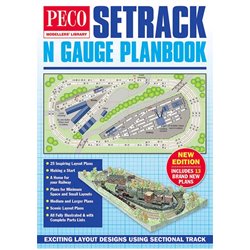Transfers, also called decals, are an excellent way to apply extra detail to your models. Whether it be signposts,...
No products
Product successfully added to your shopping cart
There are 0 items in your cart. There is 1 item in your cart.
Search Tips
Christmas and New Year
We are dispatching orders every weekday apart from Christmas Day, Boxing Day and New Year's Day.
If you order is time critical, select next day delivery at checkout.
The shop in Sandown is closed from 25th December, reopening on 30th December.
How much space is needed for a model railway layout?
There are infinite answers to how much space you need for a layout. The most obvious variable here is the scale in which you wish to build your model railway. Less considered factors are what you want to achieve with the finished railway and what shape your layouts footprint should take.
Firstly we will take a look at the scale, this is how small the models are in relation to their full-size real-life prototypes. There are over a dozen different scales to choose from. The most popular are the small N gauge with a scale of 1:160 and the medium-sized 00 or H0 gauges with scales of 1:76 and 1:87 respectively.
There are advantages to both: with N gauge you can cram more model railway into the space you have available whereas the medium-sized 00 and H0 gauges are less fiddly and a lot easier to detail.
The second decision you have to make is what kind of railway scene you would like to create. A mainline recreation will inevitably take up a lot more space than a small dead-end branch line station scene just as it does in real life and then there is the compromise to consider. Are you willing to have unrealistically tight bends or short platforms on your station? One thing is true though, and that is if you are new to the hobby, whatever space you have, you will fill.
The third decision in an endless list of modelling decisions that you will be making is what shape should the footprint of your railway take. There are several different ways that you can construct your railway including an oval of track on a baseboard, a straight run from end to end along a single wall in a room or a full tour of a room taking in every wall of the room on the way, along with just about any other footprint you can dream up.
Only once you have given thought to these considerations can you start to work out how much space you will need for your model railway and the answer will probably be a lot more than you have!
So the best advice would be to turn the question on its head, look at what space you have and then decide on your scale, scene and footprint.
Click here to receive the tips weekly in your mailbox. You can unsubscribe at any time.










